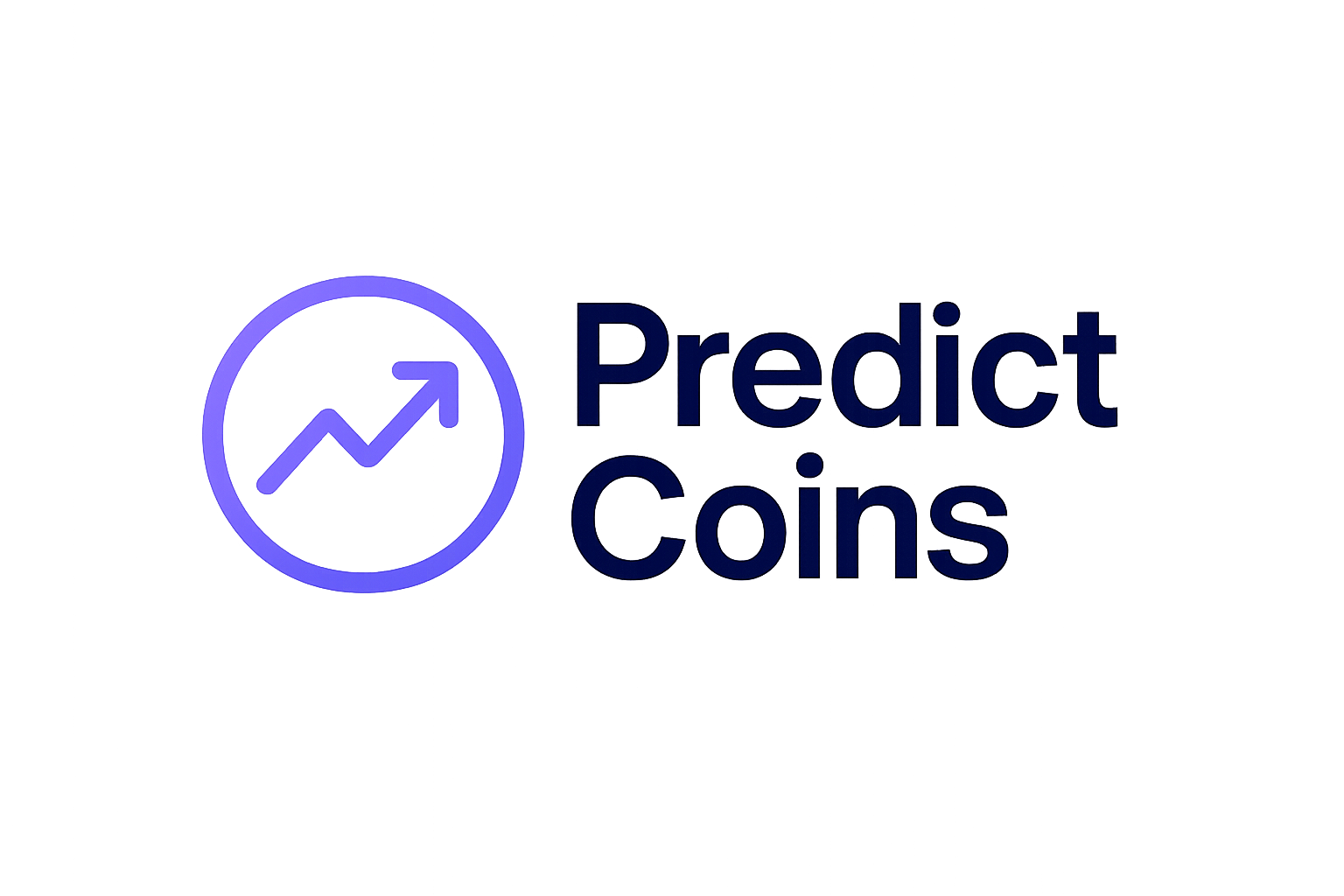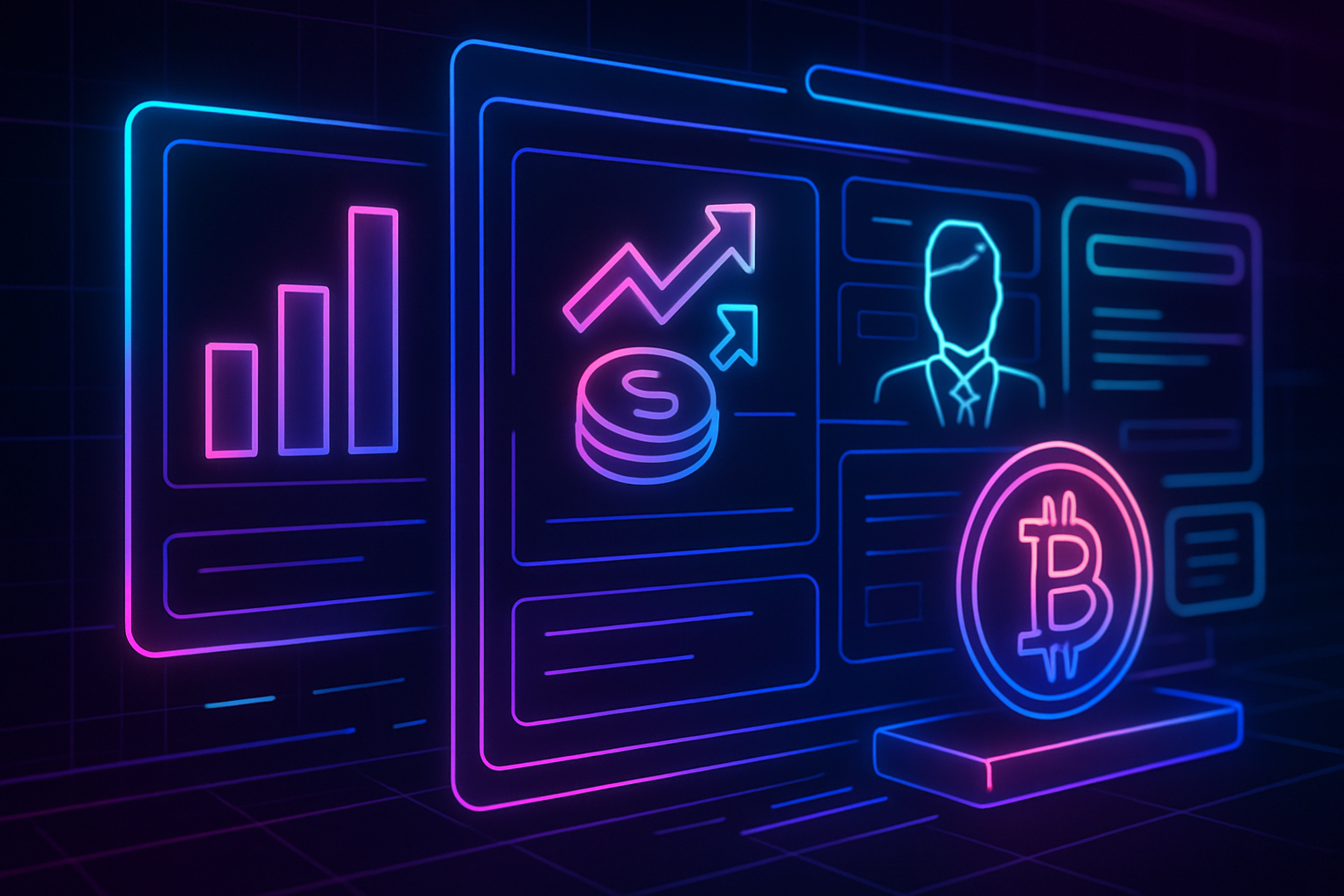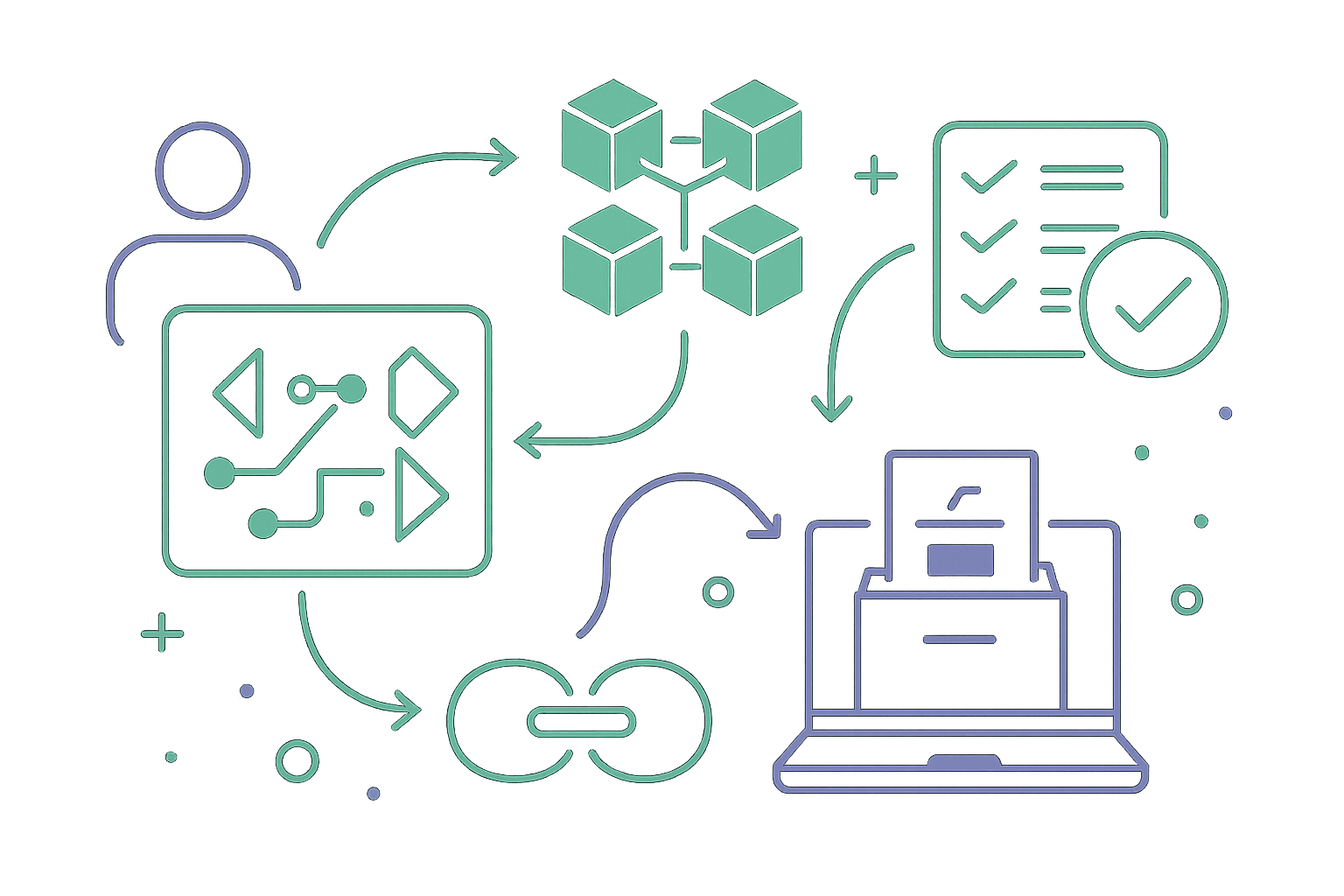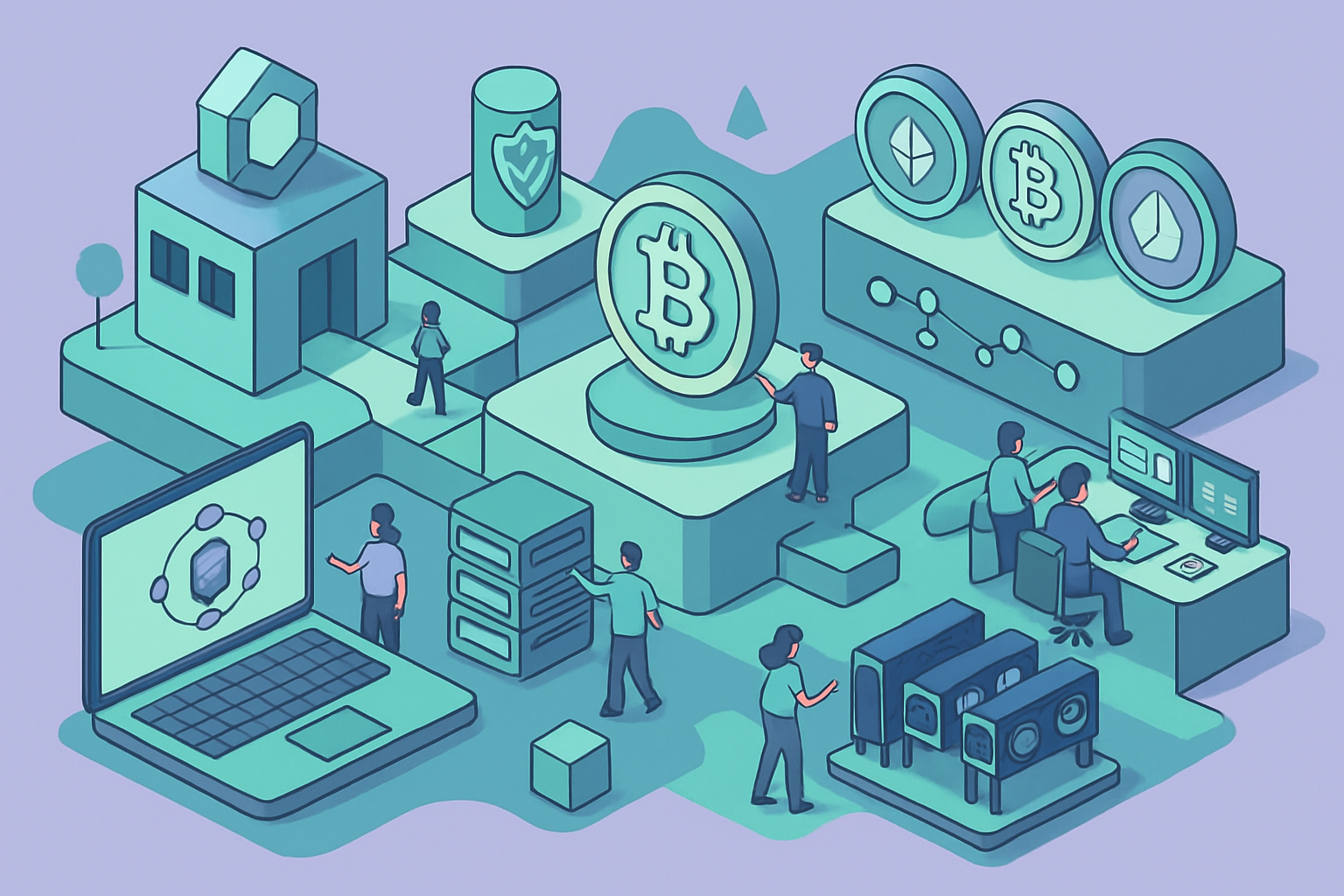How Prediction Markets Are Revolutionizing Cultural Trend Forecasting
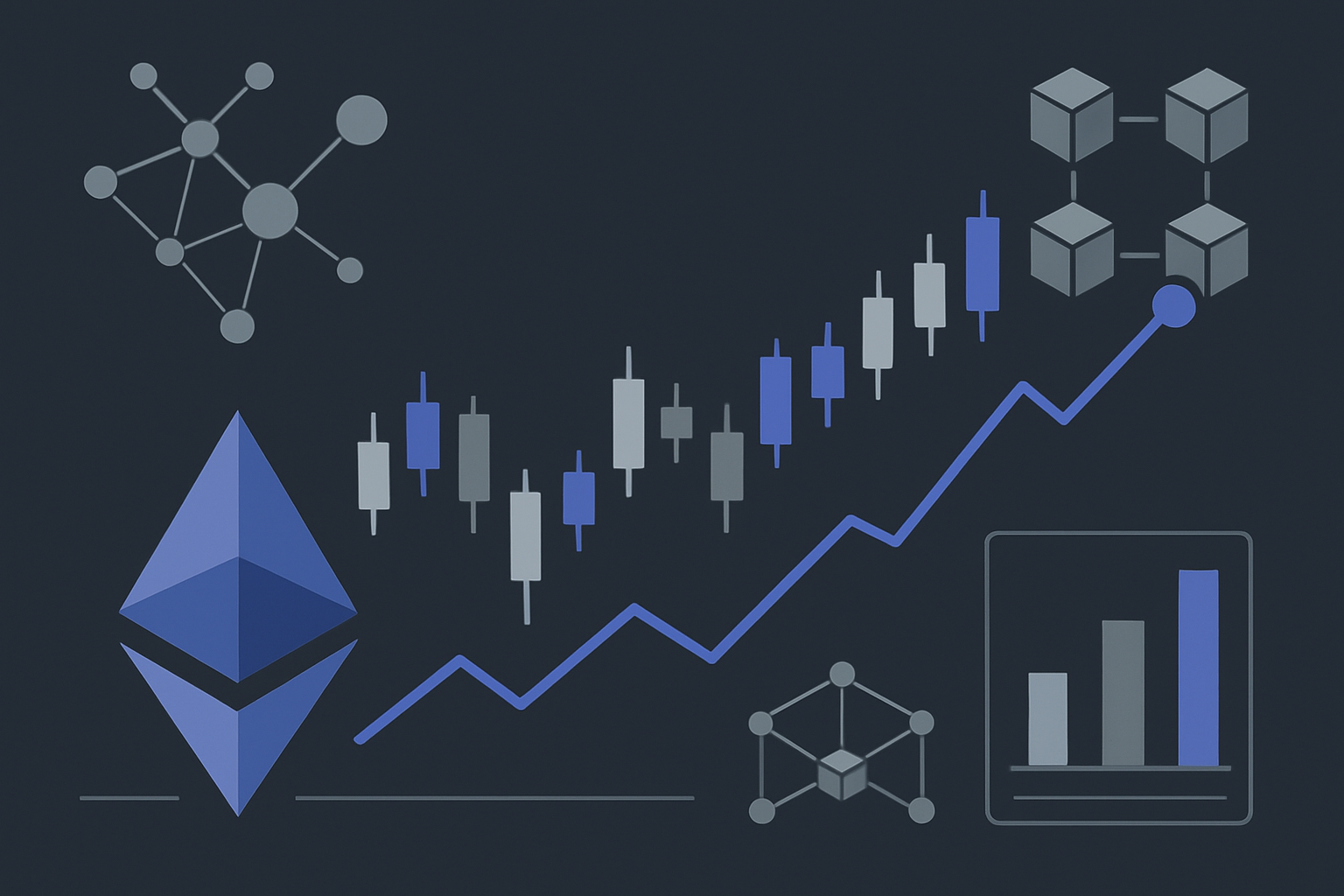
Prediction markets are quietly redefining how we anticipate cultural shifts, harnessing the collective intelligence of thousands to quantify future trends in real time. Once the exclusive domain of political outcomes or financial forecasts, these platforms now allow users to wager on everything from blockbuster movie ratings to the fate of TV show characters. The result? A dynamic, data-rich approach to trend forecasting that is outpacing traditional expert analysis and offering unprecedented transparency for anyone interested in cultural prediction markets.

From Boardrooms to Blockbusters: The Expansion of Prediction Markets
The last decade has seen prediction markets evolve from niche financial tools into mainstream engines for real-time trend forecasting. Platforms like Kalshi and Manifold have led this shift by introducing markets that cover not just elections or economic indicators, but also entertainment and social phenomena. For example, more than $1.6 million was traded on the Rotten Tomatoes score for the movie ‘Wicked’, while nearly $500,000 changed hands over predictions about ‘The White Lotus’ season 3 finale. These figures underscore how engaged communities are leveraging blockchain social forecasting tools to monetize their insights on pop culture events.
This expansion isn’t limited to public platforms. Tech giants such as Google and HP have implemented internal prediction markets where employees bet on product launch dates or sales targets. The results are clear: aggregated employee forecasts often outperform traditional managerial reporting methods, providing companies with sharper foresight into both consumer preferences and operational risks.
Why Blockchain Matters for Cultural Trend Forecasting
The integration of blockchain technology has supercharged the reliability and reach of these markets. On-chain prediction platforms ensure every bet is transparent, immutable, and instantly auditable. This decentralized structure reduces manipulation risk while enabling global participation at low cost – a crucial factor when quantifying social change with prediction markets.
Unlike older forecasting models that relied heavily on expert opinion or slow-moving surveys, blockchain-based systems aggregate real-time sentiment from a diverse user base. As a result, market prices reflect consensus probabilities, turning crowd wisdom into actionable data streams for cultural analysts and brands alike.
The Wisdom (and Limits) of Crowds
One reason these platforms excel at anticipating trends is their ability to tap into distributed expertise. Projects like the Good Judgment Project have repeatedly shown that well-structured crowdsourcing can deliver forecasts significantly more accurate than those from individual experts alone. By letting users back their convictions with real stakes, prediction markets filter out noise and incentivize careful analysis – qualities essential for accurate cultural forecasting.
However, there are caveats. The accuracy of any prediction market depends on participant diversity and independence; if too many traders follow each other blindly (a phenomenon known as information cascade), systematic errors can emerge. Ethical questions also arise when sensitive cultural events become commodities for speculation – a dilemma satirized in popular media but relevant as prediction markets expand deeper into social domains.
Despite these challenges, the benefits of decentralized cultural prediction markets remain compelling. By aggregating bets from a wide array of participants, these platforms provide a live, continuously updated consensus on where public sentiment is heading. This gives researchers, brands, and media companies a powerful lens for quantifying social change and anticipating shifts in taste or opinion far ahead of conventional polling or focus groups.
Importantly, the blockchain foundation ensures that all trades and outcomes are publicly verifiable. This transparency not only builds trust among users but also allows for independent auditing and analysis, vital for those seeking to understand how collective intelligence forms around cultural events. For crypto enthusiasts and data-driven marketers alike, this opens up new frontiers in both engagement and insight generation.
Practical Applications: From Entertainment to Corporate Strategy
The use cases for prediction market cultural trends extend well beyond entertainment speculation. As seen with Google’s internal forecasting markets, organizations can leverage these tools to improve decision-making around product launches or marketing campaigns. By inviting employees or customers to stake tokens on possible outcomes, firms tap into hidden knowledge within their own networks, often surfacing insights that would otherwise remain siloed.
Cultural prediction markets also help quantify the intangible: which memes will go viral, what fashion trends will stick, or how audiences might respond to controversial content. The ability to trade on such outcomes transforms subjective guesswork into measurable probabilities, a game-changer for industries that depend on staying ahead of the curve.
Ethics and Market Design: Navigating New Terrain
With opportunity comes responsibility. The rapid growth of real-time trend forecasting crypto platforms has sparked important debates about ethics and market design. When does betting on a cultural event cross the line into exploitation? How can platforms ensure that diverse voices are included, and that minority viewpoints aren’t drowned out by herd behavior?
Savvy market operators are responding with thoughtful safeguards: limiting bets on sensitive topics, requiring robust KYC for high-stakes traders, and designing mechanisms that reward independent thinking over blind mimicry. As the field matures, expect ongoing innovation aimed at balancing openness with accountability.
The Future of Cultural Trend Forecasting
The fusion of blockchain technology with crowd-sourced forecasting is still in its early innings, but its impact is already visible across sectors hungry for actionable foresight. Whether you’re a crypto trader looking to profit from pop culture moves or a strategist seeking sharper signals about shifting public mood, cultural prediction markets offer an edge no traditional survey can match.
As adoption grows and platform design evolves, expect even greater accuracy, and more nuanced insights, into tomorrow’s trends. For those ready to participate responsibly, this revolution represents not just a new way to bet on what’s next but a fundamentally better method for understanding where culture is headed.
